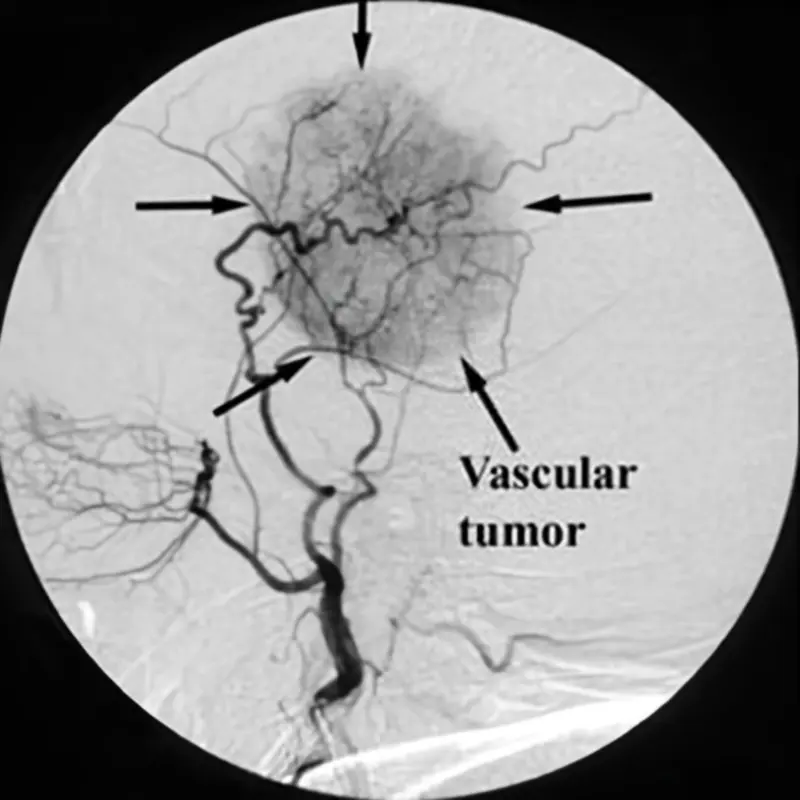Tumor Embolization
A Minimally Invasive Approach to Tumor Management

What is Tumor Embolization?
Tumor Embolization is a minimally invasive procedure used to block the blood supply to a tumor. This technique reduces the tumor's size and limits its growth by cutting off the oxygen and nutrients it needs. It is often performed before surgery to make tumor removal easier or as a palliative measure to alleviate symptoms.
Key Features of Tumor Embolization
- Minimally invasive, performed through a small catheter
- Effective in shrinking tumors by depriving them of blood supply
- Can be used as a standalone treatment or in conjunction with surgery
- Targets tumors in various parts of the body, including the liver, kidneys, and uterus
When is Tumor Embolization Needed?
Tumor embolization is recommended for:
- Pre-Surgical Preparation: To reduce tumor size and minimize bleeding during surgery
- Non-Surgical Candidates: For patients who cannot undergo surgery
- Symptom Relief: To alleviate pain or other symptoms caused by the tumor
- Specific Tumors: Including liver cancer, kidney tumors, uterine fibroids, and bone tumors
How is Tumor Embolization Performed?
The procedure is typically performed by an interventional radiologist:
- Access: A catheter is inserted into an artery, usually through a small incision in the groin.
- Navigation: Using imaging guidance, the catheter is guided to the blood vessels supplying the tumor.
- Embolic Agents: Tiny particles, coils, or liquids are injected to block the blood flow to the tumor.
- Confirmation: Imaging is used to ensure successful blockage of the tumor’s blood supply.
Benefits of Tumor Embolization
Tumor embolization provides numerous benefits, including:
- Reduced tumor size for easier surgical removal
- Minimized bleeding during surgery
- Alleviation of symptoms such as pain or swelling
- Improved quality of life in palliative cases
- Shorter recovery times compared to open surgical procedures
Risks and Potential Complications
While tumor embolization is generally safe, potential risks include:
- Pain or discomfort at the embolization site
- Fever or infection
- Damage to surrounding tissues or organs
- Rare allergic reactions to contrast dye
- Post-embolization syndrome: Temporary flu-like symptoms including fever, nausea, and fatigue
Recovery and Long-Term Management
Patients can expect the following during recovery:
- Minimal discomfort and quick recovery due to the minimally invasive nature of the procedure
- Symptom relief within days to weeks after treatment
- Follow-up imaging to monitor tumor response and ensure successful embolization
- Ongoing coordination with healthcare providers for additional treatments, if necessary
Tumor embolization is often part of a comprehensive treatment plan, enhancing outcomes and improving quality of life.